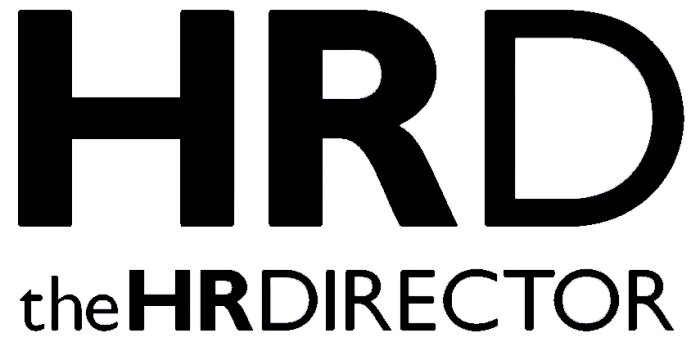In an era defined by rapid change and relentless competition, organisations can’t afford to treat productivity as just a buzzword. It’s no longer about working harder — it’s about working smarter, aligning human capital with strategic objectives, and building systems that sustain performance over time. This is where HR leaders become indispensable. When they move beyond administrative functions and engage directly with culture, collaboration, and capability-building, they can unlock productivity gains that meaningfully impact the bottom line.
Rethinking Productivity in Today’s Workplace
Rather than asking why productivity matters — a question with an obvious answer — the real focus should be how organisations can enable it sustainably. Productivity isn’t just a measure of output; it’s a reflection of how effectively people, processes, and priorities align. Companies that get this right can respond faster to market shifts, innovate more efficiently, and attract talent that thrives in high-performance environments. In short, productivity is no longer a back-office concern — it’s a strategic imperative.
The Strategic Role of HR in Driving Productivity
Too often, productivity initiatives are left to operations or finance teams. But HR is uniquely positioned to influence the human dynamics that underlie performance: motivation, collaboration, trust, and accountability. The following three strategies illustrate how HR leaders can design environments that elevate productivity in meaningful, lasting ways.
- Encourage Competition That Fuels Personal Growth — Not Rivalry
When managed well, competition can be an engine for excellence. But unhealthy rivalry saps morale and undermines teamwork. HR can foster high-performing cultures by shifting the focus from peer-to-peer comparisons to personal milestones. Instead of pitting employees against each other, the emphasis should be on continuous improvement and skill mastery. Recognising progress toward individual goals, rather than arbitrary leaderboards, promotes motivation without sacrificing team cohesion.
- Design for Collaboration, Not Just Communication
True cooperation goes beyond simply working together — it’s about building trust, psychological safety, and shared ownership of outcomes. HR can enable this by facilitating cross-functional projects, designing team structures around complementary skill sets, and investing in tools that remove friction from collaboration. The goal is to make teamwork seamless and rewarding, not just obligatory. This kind of intentional design encourages knowledge-sharing, speeds up decision-making, and produces better results across the board.
- Make Productivity Meaningful to Employees
People aren’t engaged by vague goals like “being more productive.” What resonates is clarity: how their work contributes to something bigger, and how success is recognised. HR teams can bridge this gap by aligning roles with organisational purpose, embedding performance feedback into regular workflows, and creating development paths that link growth with contribution. When employees see their effort translating into progress — both for the company and their careers — productivity stops being a demand and becomes a source of pride.
Final Thoughts
The most impactful HR leaders today are not just people managers — they are productivity architects. By cultivating a workplace where growth, collaboration, and alignment thrive, they turn productivity into a competitive advantage. When HR strategy is tightly linked to business goals, and when people feel supported and empowered to perform at their best, productivity becomes more than a metric — it becomes the engine of long-term success.







